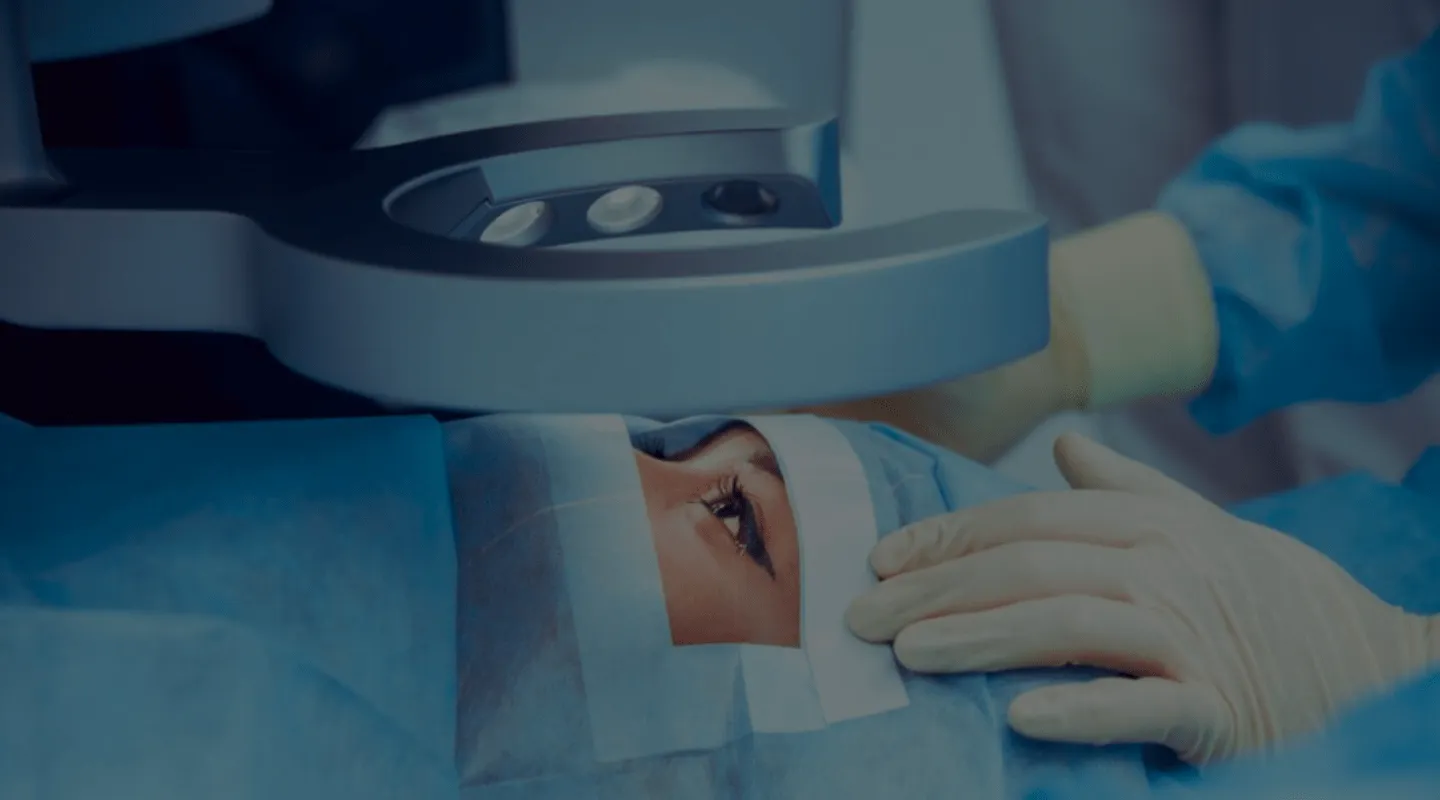
Cataract FAQ
What is a cataract?
A cataract is an eye condition in which the eye’s lens gradually becomes opaque, causing blurry or cloudy vision.
What causes cataracts?
Causes of cataracts may include aging, diabetes, excessive exposure to ultraviolet rays, use of certain medications, eye injuries, and certain genetic disorders.
How are cataracts diagnosed?
An ophthalmologist can diagnose cataracts by performing a complete eye exam, including assessment of visual acuity and pupil dilation.
What treatments are available for cataracts?
The most common treatment for cataracts is surgery to replace the clouded lens with an artificial lens. Treatment options may vary depending on the extent of the cataract and the individual’s overall health.
Is cataract surgery painful?
Cataract surgery is generally considered a minimally invasive and painless procedure. Patients may experience slight discomfort or irritation after surgery, but this should quickly subside.
What are the risks associated with cataract surgery?
While cataract surgery is considered safe, there are potential risks associated with any surgical procedure, including infection, bleeding, and complications related to anesthesia.
When should I consider cataract surgery?
The decision to undergo cataract surgery depends on the severity of the cataract and its impact on a person’s quality of life. Your ophthalmologist can help determine if surgery is necessary and the best time to schedule it.
Can cataracts be prevented?
While there is no known way to completely prevent cataracts, it is important to protect your eyes from UV rays, eat a healthy and balanced diet, and have regular eye exams to detect any changes in your vision.